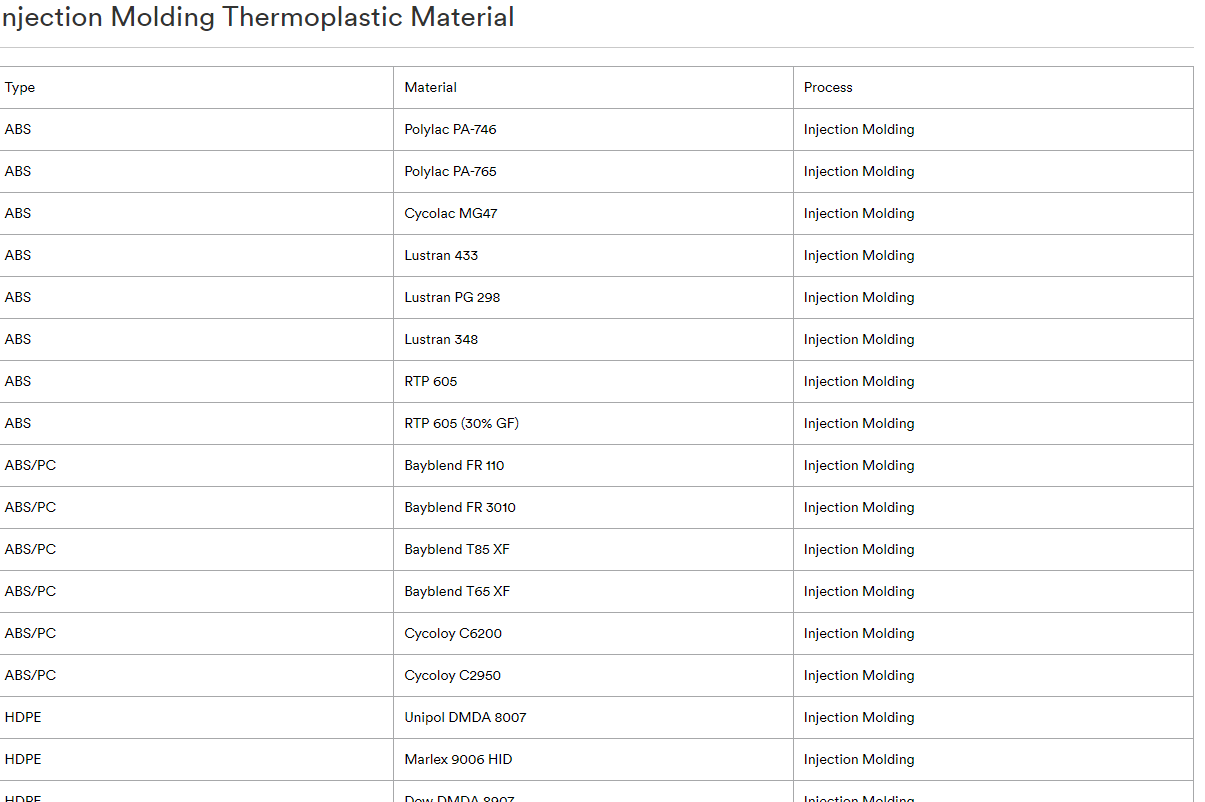In the ever-evolving tapestry of modern manufacturing, thermoplastic materials have emerged as pivotal agents, reshaping the contours of injection molding. This comprehensive journey embarks on an exploration to unveil the multifaceted possibilities that these materials bring to the forefront, shedding light on their unmatched adaptability and transformative role across an extensive spectrum of applications.
The Core of Injection Molding:
At the heart of contemporary manufacturing, injection molding stands as an art that marries precision with ingenuity, shaping molten material into intricate forms within molds. The selection of material serves as a linchpin in this intricate dance, and it's here that the remarkable versatility of thermoplastics takes center stage.
Contrasting with their thermosetting counterparts, thermoplastic materials boast a unique characteristic: they can be melted and remolded multiple times without undergoing chemical degradation. This inherent quality ushers in a realm of experimentation, empowering manufacturers to venture into uncharted design territories and engineer intricate geometries that were once beyond reach.
A Vast Spectrum of Flexibility:
The gallery of thermoplastic materials is a treasure trove of diversity. From the ubiquitous polyethylene and polypropylene to the sophistication of engineering-grade polycarbonates and polyamides, each variant unfurls an array of unique attributes. Some excel in unwavering strength and impact resistance, while others flaunt remarkable heat resilience, chemical inertness, or prowess as electrical insulators.
Crafting Innovation:
The malleability of thermoplastics becomes a canvas for innovation. Across sectors from automotive components to consumer electronics, medical devices, and aerospace assemblies, these materials straddle the delicate equilibrium between lightweight versatility and steadfast robustness. Their ability to be meticulously molded into intricate configurations empowers engineers to optimize parts for both functionality and weight efficiency.
Aesthetic Brilliance:
Beyond functionality, thermoplastics acknowledge the realm of aesthetics. They reside at the crossroads of form and function, flexible enough to be formulated in an array of colors, textures, and surface finishes. Designers wield this palette of possibilities, crafting products that blend peak performance with visual appeal, effectively catering to the sensibilities of diverse industries.
Sustainability Aligned:
In an age where environmental consciousness takes precedence, the recyclability of thermoplastic materials emerges as a hallmark. Manufacturers can efficiently collect and recycle production residues, and consumers can responsibly recycle products at the end of their lifecycle. This sustainable trait aligns harmoniously with the global call for eco-conscious practices and the establishment of a circular economy.
Confronting Challenges with Innovative Solutions:
Yet, challenges persist amidst these advantages. Considerations such as material selection, mold intricacies, and fine-tuning processing conditions require thoughtful deliberation. The landscape of injection molding evolves with a constant stream of innovations in machinery, techniques, and simulation software, all contributing to manufacturers' ability to harness the full potential of thermoplastic materials.
A Glimpse into the Future:
The horizon gleams with promises as technology advances. The role of thermoplastics in injection molding expands further as additive manufacturing techniques like 3D printing with thermoplastics redefine design boundaries. The fusion of material science, engineering prowess, and technological strides promises a future where thermoplastic materials not only reshape the world of injection molding but also become a canvas for limitless creativity.
